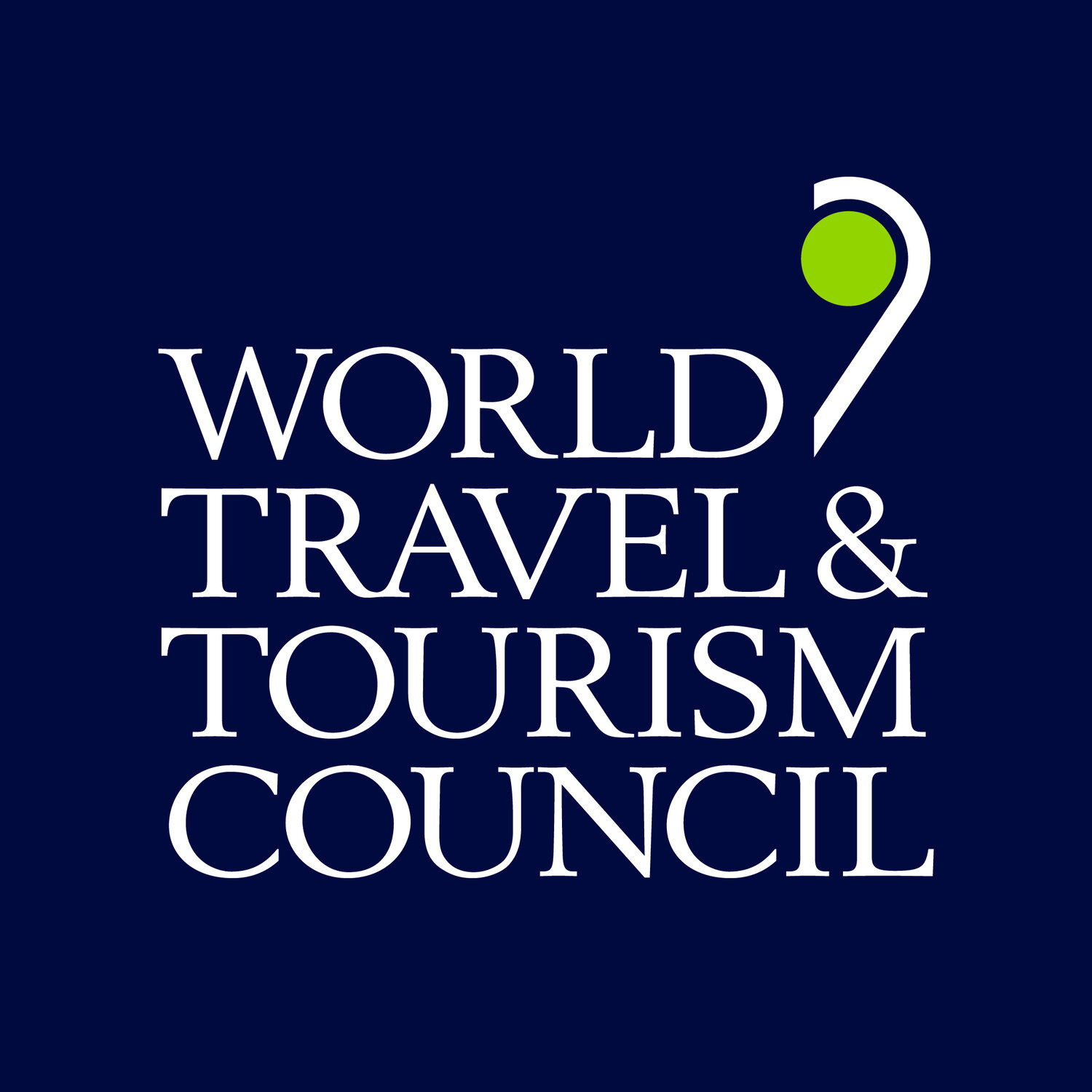Human Trafficking: How can we take global action?
Human trafficking is worth $150 billion annually and affects more than 40 million people worldwide. An estimated 5.5 million of these are children. Its victims often end up being sexually exploited in Travel & Tourism destinations around the globe.
An uncomfortable truth is that our industry is at the heart of this issue and is, often unwittingly, contributing to its devastating consequences. That must change.
Recently, WTTC was part of a selected group of international delegates chosen by tour operator G Adventures to engage with a growing number of social projects they support in India and Nepal. G Adventures and its Founder Bruce Poon Tip have long been associated with responsible and sustainable travel but have recently amplified their support and involvement with social projects across the Travel & Tourism value chain. Bringing travellers to see social projects helps to break down the barriers and encourages them to interact in a meaningful and positive way.
Sadly, Nepal is still a major hub for human trafficking with as many as 7,000 women and girls trafficked out of Nepal into India each year, with roughly 200,000 Nepalese women currently engaged in forced labour in brothels across India and up to 54 Nepalese children disappearing every day. So far, officials have made limited efforts to protect trafficking victims, and cases of reported abuses are rarely filed and brought to prosecution.
Nepal participated in the 8th Session of the Working Group on Trafficking in Persons as an observer for the first time in 2018 and has approved the United Nations Transnational Organized Crime Convention (UNTOC), but is yet to ratify the protocols.
Samrakshak Samuha Nepal (SASANE) is a not for profit, non-government organisation, hoping to change that. Supported and partly-funded by G Adventures and Planeterra, it was founded in 2008 by a group of human trafficking survivors.
It was formed to combat human trafficking, empower the survivors of this abuse and crush the cycle of corruption in Nepal. The women are trained to work as paralegals who then support victims and serve as their first point of contact at police stations. The organisation also educates rural communities about the dangers of human trafficking to help prevent future abuses.
Image: SASANE & Bruce Poon Tip, Founder of G Adventures.
We have a tendency to associate human trafficking or modern slavery as something which only happens in ‘far flung’ places but it really is prevalent in all corners of the globe. Spotting it or being aware of it therefore isn’t easy.
Let’s say you are on a flight and sitting next to someone acting suspiciously or visibly distressed. Or maybe you are out on a walking tour or hike and witness an uncomfortable situation. Would you know what to do or how to react? As travellers, we tend to be wrapped up in our own thoughts and experiences but being aware of who to contact in advance can help make a difference and help those who need it most.
WTTC is establishing a global taskforce to help the travel sector prevent and combat human trafficking — including of children for sexual purposes. The taskforce, comprising WTTC Members and sector associations, will become the first global industry-wide initiative to assert zero tolerance and share best practice.
The role that tour operators like G Adventures play in highlighting projects like SASANE is crucial in order to raise awareness but there is clearly a lot of work left to be done at every level. More people need to take the lead, show initiative and be brave to tackle such a difficult yet vital issue. Educating travellers and providing greater understanding of the issues will be critical to further action being taken.
It’s not easy to set up and maintain such programmes for tourism purposes, especially projects as sensitive as SASANE, but through sheer determination and a platform from which to stand, their voices are being heard and people are finally beginning to pay attention.
Image: Visitors to SASANE are encouraged to take part in a traditional momo making class.
This post was written by Dave Hunter, Strategy Project Manager, World Travel & Tourism Council.
